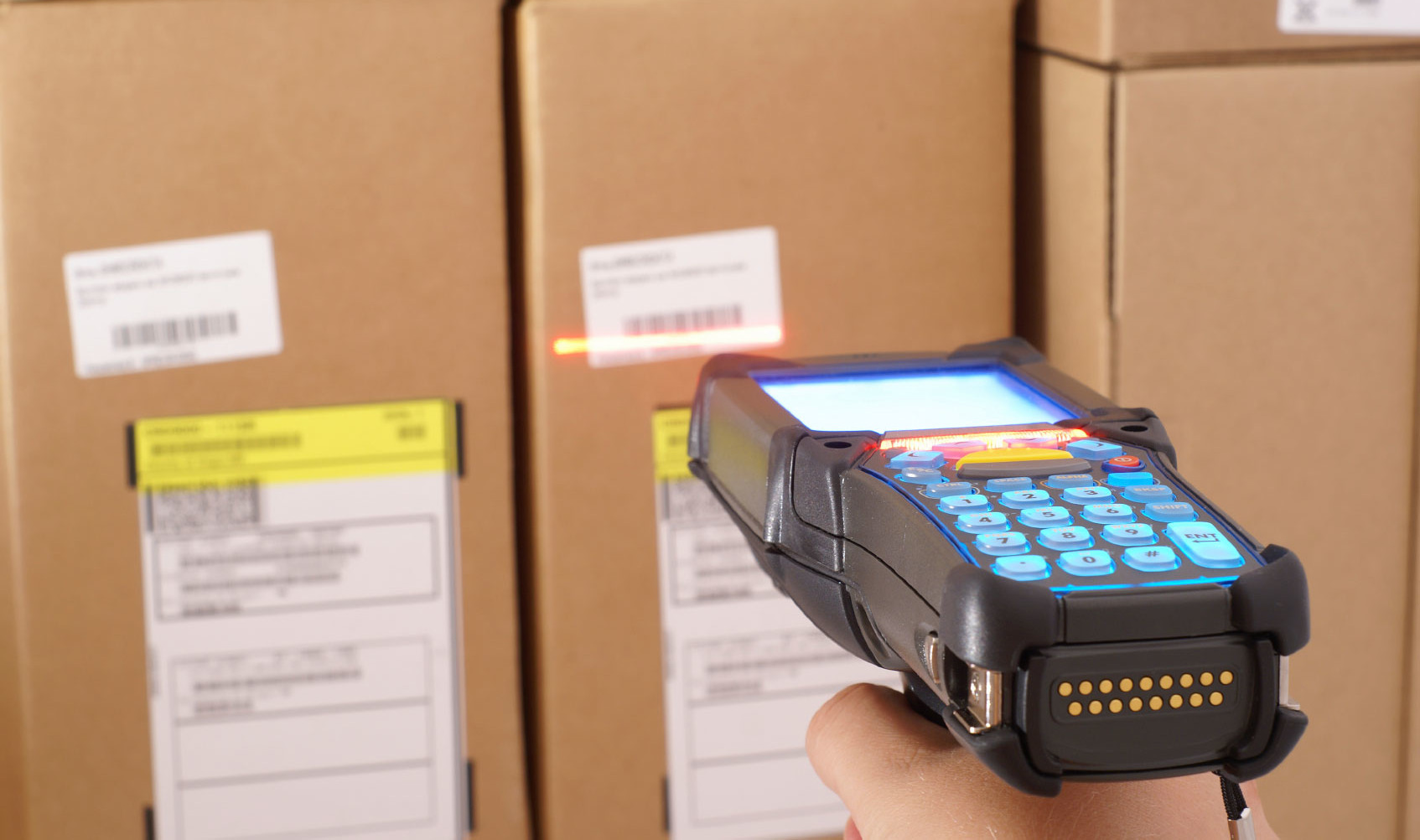





When we compare the characteristics of WMS from different vendors, we can notice that some systems have a completely closed program code, while other systems have an open code, which allows the client to change it. IT specialists of different companies often argue about which of these options is better. Let's try to understand the economic benefits for the warehouse manager and at the same time the strengths and weaknesses of each of these WMS types.
 Defining concepts
Defining conceptsThe notion of open code and closed code in relation to WMS is often creating confusion. For example, can we say that commercial WMS systems with partially open code for client customization correspond to the understanding of Open code in the classic version?
Closed-code WMS doesn't raise such questions. Everything is clear here. Such software products are fully supported by the vendor company, which carries out individual software settings and customization of the product for the client's tasks. The user makes personal settings for himself, working not with the code, but with the program interface. It's like you're setting up your smartphone or computer. You don't need to be an IT expert to handle it.
The concept of Open source code means that any specialist has access to the source code of the software product and can make changes there. The product license is free. Even if the author's source code is unavailable for changes, derivative programs and their source code are freely redistributed. While the closed code text is not available to unauthorized persons and only the developer owns it.
For a simple and illustrative example, experts traditionally compare the non-commercial Linux system with the commercial Windows system for computers. Linux has completely open source code, and anyone in the IT community can change it. Windows is a proprietary software product that only the company developers have access to.
Can we say that commercial WMS with partially open source code work using the same principle? Probably not.
WMS systems, allowing users to add code independently, are built on a modular basis. From the vendor's side there is a closed software core that is not accessible to anyone, instead for the user side there is an open part that can be changed, but only within the framework of his license. The software architecture of such a WMS differs from the Open Source Code concept in the fact that other users of the product do not see what a particular person is doing in his part of the product. Only authorized client-side users can make changes there. Thus, openness in this case is an individual enhancement (updating/modification) of a finished commercial product. Moreover, you are not able to change the entire product as a whole. For instance, you cannot change the basic WMS functionality in a closed core, but you can implement customization of certain functions for your company.
 WMS operator team - your own IT department or outsourced developers?
WMS operator team - your own IT department or outsourced developers? As we can see, both of these types of commercial WMS do not provide full access to their product codes. This means that it is pointless to refuse the myths related to the WMS security issue with an open part of the code. Both types of systems are protected from outside tampering that would fundamentally harm the product. However, the partially open source code WMS operator is not responsible for operation of that part of the software product that the customer can change. This means that any mistakes are the responsibility of the client and the IT specialists involved. Therefore, there is still some risk. If the IT team on the client's side makes documentation poorly or does not maintain any reports on the changes made, then with any staff changes it will be very difficult to identify and correct their errors.
Otherwise, the differences should be sought rather in the principle of organization of technical support for the operation of these two types of WMS.
The closed source code WMS operators take full responsibility for product support. They have a staff of trained specialists - systems analysts, team leaders, architects, user interface developers, system integrators, and so on. There is constant live communication between these specialists they are regularly trained and visit various logistics facilities, develop new solutions, test new technologies.
In a partially open source code WMS, the part that can be changed is under the responsibility of the client’s specialists. This means that the client needs to recruit an IT team and control its work. For stable WMS operation and bringing the desired result, a large staff of IT specialists is required. It is necessary to provide ongoing training, knowledge and experience sharing to this team. At the same time, all changes in the WMS must be documented, all the work of the IT department must be transparent so if some individual specialists leave the company, the knowledge base is will not be lost. If your warehouse is small, then one IT specialist cannot cope with such a load, and if he doesn’t keep a history of changes made to the source code, then you may face the fact that if the IT specialist leave it will be very painful for the company.
It is also necessary to take into account that there is a lack of qualified IT specialists at the world labor market today, and the cost of labor of professional employees is quite high and constantly increasing . Therefore, if you are thinking about a WMS with open source code, then answer yourself the main question: why do you need it and what prospects will it give to your company? Indeed, there are occasions when your own IT team can provide the benefits.
 Where is the real profit so?
Where is the real profit so? In several countries a partially open source code WMS is cheaper than a closed source code system. And it is a good temptation to choose this particular product. But, as we have already said, do not forget that the benefit from the purchase of the product can be completely neutralized by its further support in the long term. The cost of a good IT team is high. And if you expand the WMS functionality, then you will need to expand the staff of specialists. Will you be able to handle the product support yourself in the long way?
Closed source code WMS is initially more expensive, which may not seem so attractive. But the operator then undertakes all the work to support it. A large WMS vendor that works with many clients can afford to make discounts or provide free support in some areas. You just need to calculate the long-term cost of maintaining both types of systems to see the real difference.
However, closed source code WMS has a significant drawback - having chosen one operator, then it will be difficult to replace it. Therefore, before making a choice, you should carefully study the vendors of WMS systems.
 Brief comparison
Brief comparison 1. Functionality. Both of these types of WMS can solve your business tasks with the support of a competent team of IT specialists.
2. Comfort. In the case of closed source code WMS, the client does not need to worry about maintaining the system. Partially open source code WMS will require constant control.
3. Quality. The operator of closed source code WMS has its own team of professional specialists, and he is in charge for the quality of their work. The WMS user with partially open source code is responsible himself for the changes he made in the code and subsequent operation of the system.
4. Savings. Partially open source code WMS may seem more cost effective, but taking into account the long-term for further support, increase of labor costs for outsourced IT developers, and a shortage of skilled labor resources on the market, it makes sense to consider a closed source code WMS.
By the way, SOLVO and the German Fraunhofer Institute, together with other market participants, have released a guide on how to properly implement WMS.
SOLVO has 25 years of expertise in the automation of warehouses, ports, cargo terminals in Russia and other countries of the world.
We are happy to share our experience with the professional logistics community!





